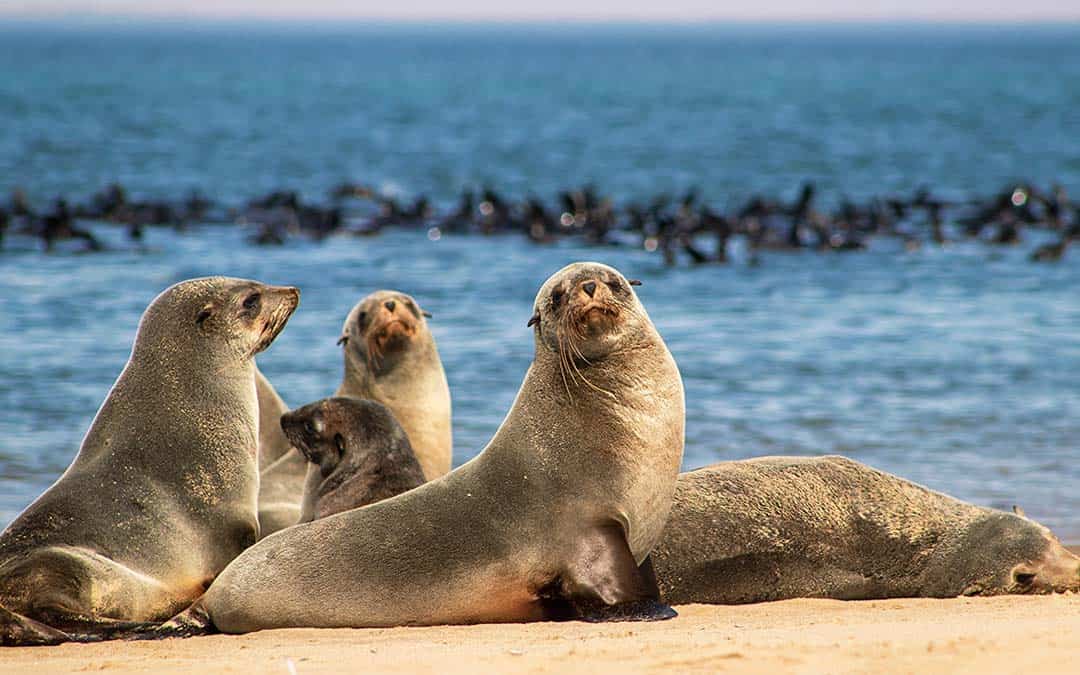A new study from the Seal Mammal Research Unit in Scotland suggests that seals can actually monitor their own blood oxygen levels, despite previous theories that oxygen levels are imperceptible to most mammals’ brains, including humans.
While it’s widely known that many marine species can hold their breath for extended periods of time, researchers traditionally thought that mammals like seals know when to come up for air based on rising carbon dioxide levels in their blood.
The research lead for this study, Chris McKnight, was inspired to tackle this study after learning about athletes who engage in freediving, which requires them to push the limits of breath-holding. The average freediver can hold their breath for three to 10 minutes, compared with average humans, who can hold their breath for 30 to 90 seconds. Freedivers can lose consciousness due to a lack of oxygen because their bodies rely on carbon dioxide levels to know when they should surface – typically referred to as “air hunger.”
However, seals apparently do not rely on “air hunger.” In the study, researchers subjected seals to carbon dioxide levels higher than those in their natural environment, noticing that their dive times remained the same. However, when researchers adjusted the seals’ oxygen concentrations, there was a large difference in how long the seals stayed underwater.
McKnight says the difference between seals’ and humans’ abilities to detect their own blood oxygen levels is evolutionary. If seals governed their ability to come up for air the same way as humans, they wouldn’t be able to survive living in water. Given this new information, researchers believe it’s likely that other marine animals can also detect their blood oxygen levels.
